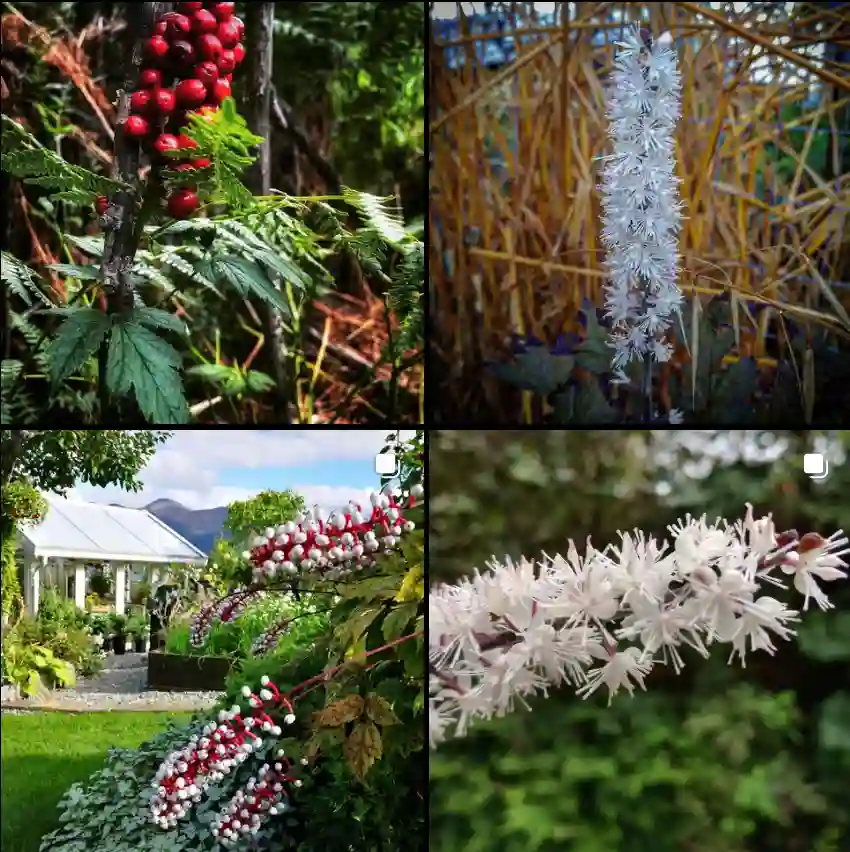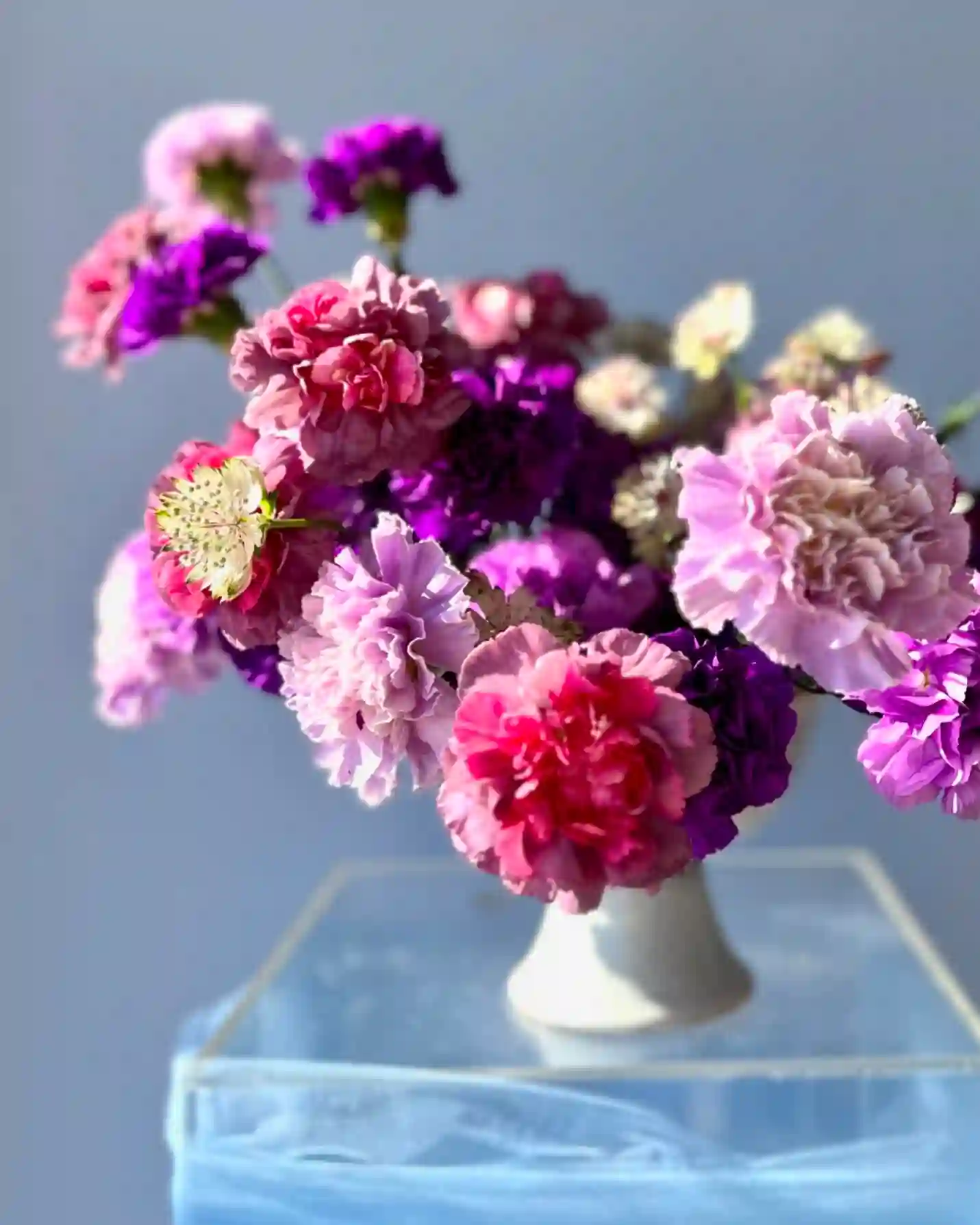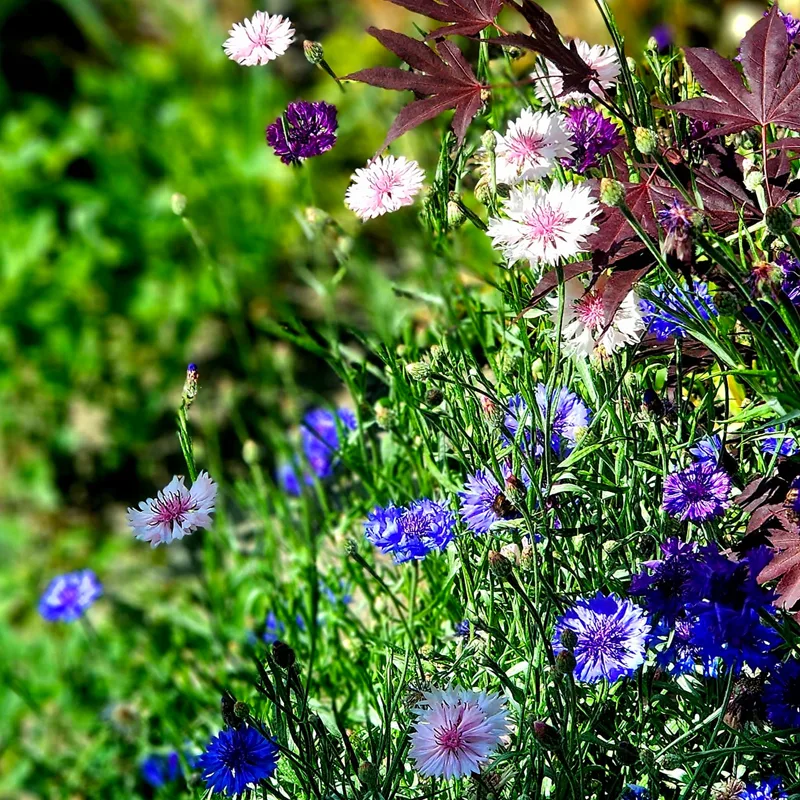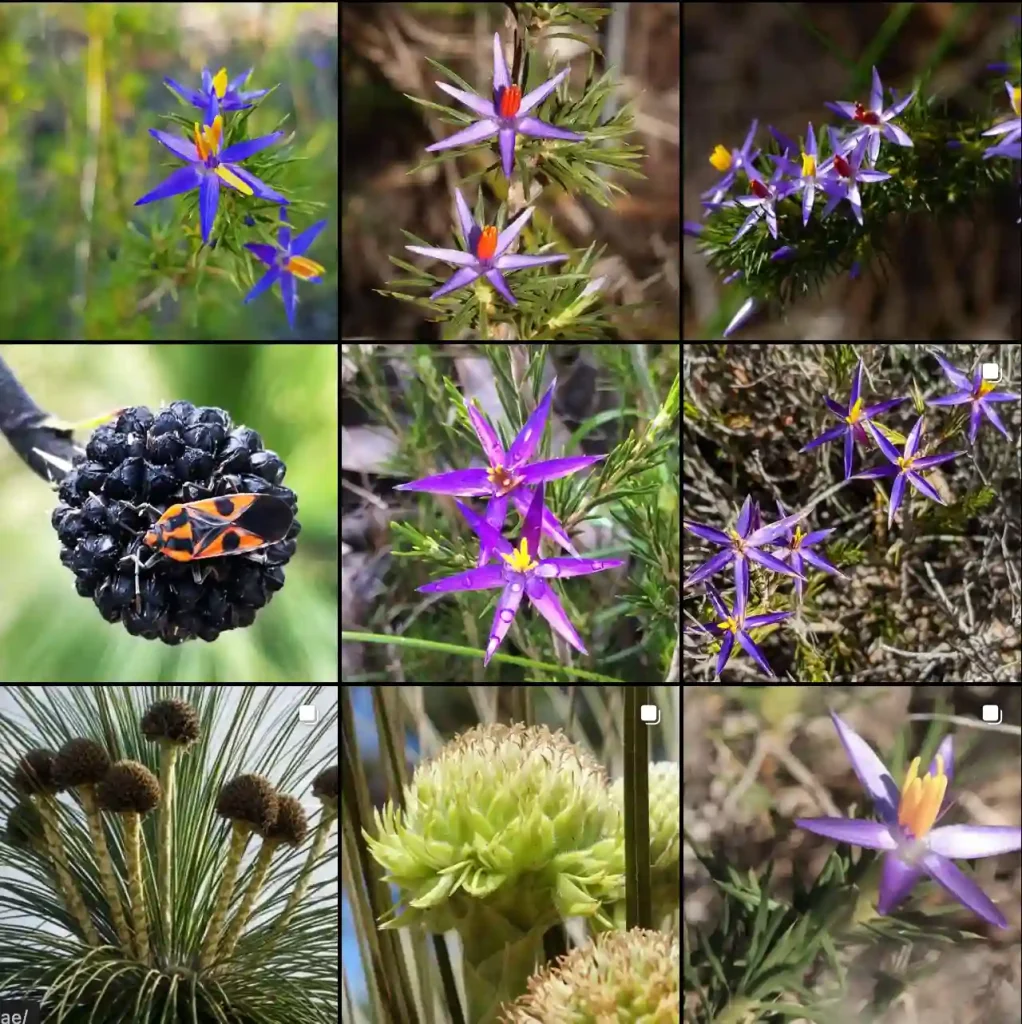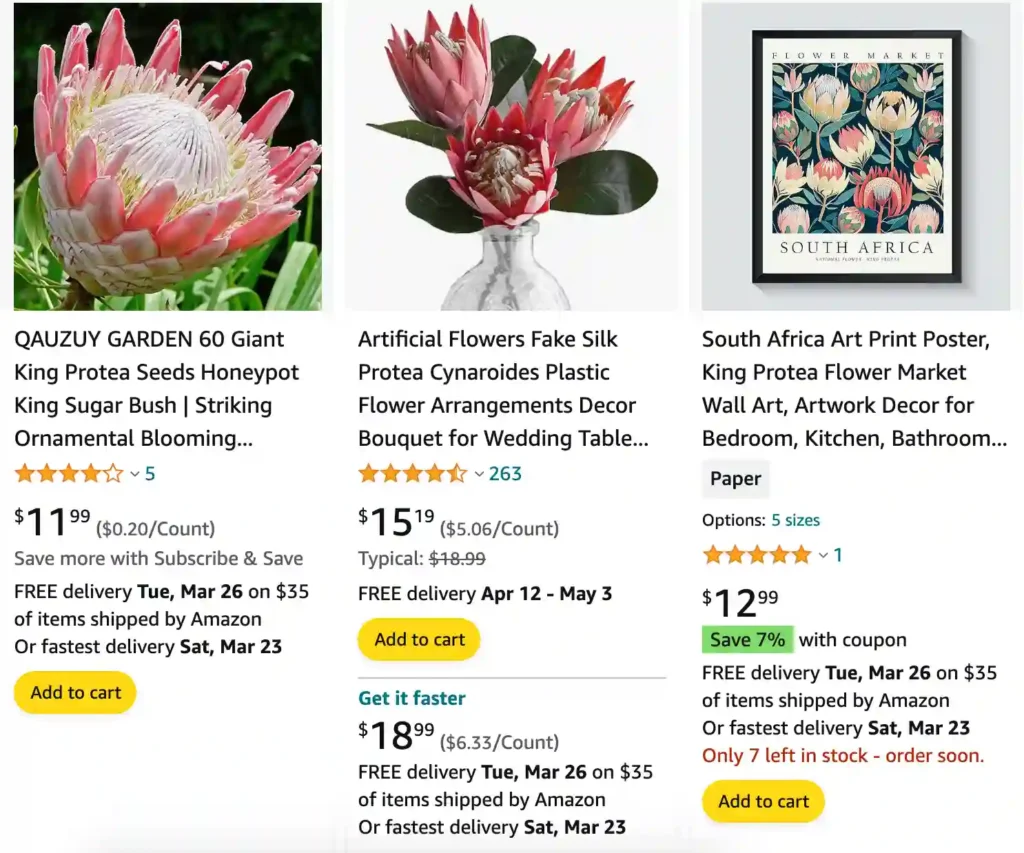
My Experience with the Majestic King Protea
The King Protea (Protea Cynaroides) has always captivated my heart. Its grandeur and distinctive bloom make it a true gem in any garden or floral arrangement. Over the years, I’ve nurtured and admired this stunning plant, and today, I’d love to share my experiences, insights, and the unique qualities that make the King Protea so special.
107 Species in Genus Protea
A Plant Fit for Royalty
The King Protea, native to South Africa, is the national flower of the country and rightly so. Its enormous flower head, which can span up to 12 inches in diameter, is a sight to behold. The bloom resembles a crown, hence the name “King,” and comes in shades of pink, cream, and white.
When I first encountered the King Protea, I was struck by its exotic beauty and unique texture. Unlike traditional blooms, its flowers are composed of tightly packed bracts that form an almost geometric masterpiece. To me, it symbolizes strength and resilience—qualities I deeply admire in plants.
King Protea vs Beowulf
I found the King Protea’s stunning pink petals more captivating than Beowulf’s darker, dramatic tones.
King Protea vs Queen Protea
The Queen Protea‘s softer, more delicate appearance offers a lovely contrast to the King Protea’s bold and striking look.
How to dry king protea?
Drying King Protea flowers can be a beautiful way to preserve them for decorative purposes:
- Harvesting: Select fully mature flowers with firm petals. Cut the stems at an angle using sharp, clean pruning shears.
- Remove Foliage: Strip the leaves from the stems, leaving only the flower head.
- Hang to Dry: Hang the flowers upside down in a warm, dry, well-ventilated area away from direct sunlight. Ensure there is enough space between each flower to allow air circulation.
- Check for Dryness: Flowers should be fully dry within 1-2 weeks. Check periodically by gently touching the petals. They should feel crisp and papery when fully dried.
- Storage: Once dry, store the flowers in a cool, dry place away from humidity and direct sunlight. Display them in arrangements or use them in crafts and decor projects.
How to grow king protea?
Growing King Protea requires specific conditions to thrive:
- Climate: King Protea (Protea cynaroides) is native to South Africa and thrives in Mediterranean climates with mild winters and warm, dry summers.
- Soil: Plant in well-draining, acidic soil with a pH of 5.5 to 6.5. Sandy or loamy soil is ideal.
- Location: Choose a sunny spot with at least 6-8 hours of sunlight per day.
- Watering: Water deeply but infrequently, allowing the soil to dry out slightly between waterings. Avoid overwatering, as King Protea is sensitive to root rot.
- Fertilizing: Use a low-phosphorus fertilizer formulated for acid-loving plants. Apply in spring and summer.
- Pruning: Prune dead or damaged branches to maintain a neat appearance and promote healthy growth.
- Protection: Provide protection from strong winds, which can damage the flowers and foliage.
How to propagate king protea?
King Protea can be propagated from seeds or cuttings:
- Seeds: Collect mature seeds from dried flower heads. Plant them in well-draining soil in seed trays or pots. Keep the soil moist and place the trays in a warm, sunny location. Seeds should germinate within 4-8 weeks.
- Cuttings: Take semi-hardwood cuttings in late spring or early summer. Dip the cut end in rooting hormone and plant in a mixture of sand and peat moss. Keep the soil moist and provide bottom heat for faster rooting.
What does the king protea represent?
King Protea is the national flower of South Africa and symbolizes diversity, courage, and transformation. Its bold appearance and resilience reflect the spirit of the South African people.
Where is the king protea found?
King Protea is native to the southwestern and southern parts of South Africa, where it grows in the fynbos biome, particularly in the Western Cape region.
Where to buy king protea?
You can buy King Protea seeds, plants, or cut flowers from:
- Local nurseries or garden centers with a specialty in exotic or native plants.
- Online plant retailers specializing in rare or exotic species.
- Florists or floral wholesalers that specialize in tropical or exotic flowers.
Are king protea expensive?
King Protea flowers can be relatively expensive due to their large size, unique appearance, and limited availability outside of their native range. However, prices may vary depending on factors such as location, season, and demand.
Are king protea poisonous to cats?
King Protea flowers are not considered toxic to cats. However, it’s always a good idea to keep any plant material out of reach of pets to prevent accidental ingestion and potential gastrointestinal upset.
Does king protea come in white?
Yes, King Protea can come in white varieties, along with shades of pink, red, and cream. The white variety is less common but equally stunning.
How fast does king protea grow?
King Protea is a slow-growing plant, particularly when grown from seeds. It may take several years for a plant to reach maturity and produce its first flowers. However, once established, it can continue to grow and produce flowers for many years with proper care.
Growing and appreciating the King Protea has been a royal experience for me, and I hope it can bring the same joy to your life.
If i die, water my plants!
